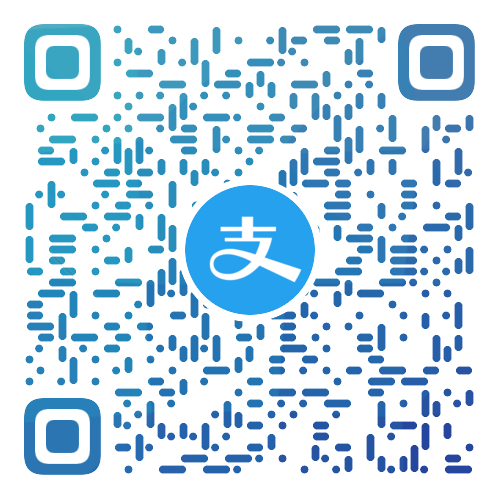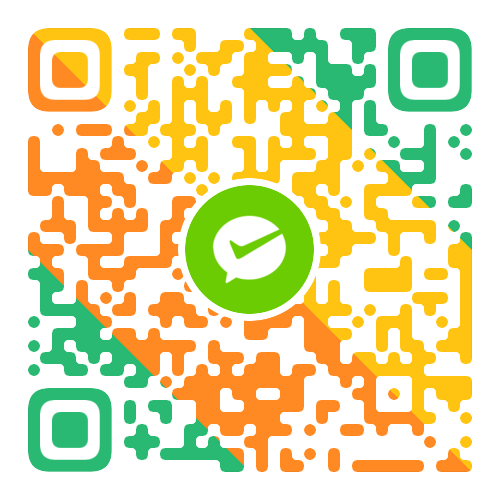轻松跨越版本升级:Swagger2.0到3.0版本迁移全攻略
引言
随着API的发展,Swagger作为API文档和测试工具的重要性日益凸显。从Swagger 2.0升级到3.0版本,不仅带来了新的特性和改进,还可能涉及到一些迁移工作。本文将详细介绍从Swagger 2.0到3.0版本迁移的步骤、注意事项以及可能遇到的问题和解决方案。
1. 了解Swagger 2.0到3.0的主要变化
在开始迁移之前,了解两个版本之间的主要变化是非常重要的。以下是Swagger 2.0到3.0的一些关键变化:
- JSON Schema支持:Swagger 3.0引入了JSON Schema支持,使得文档更加标准化和易于验证。
- 路径和操作:Swagger 3.0对路径和操作的结构进行了调整,使得文档更加清晰。
- 响应结构:Swagger 3.0对响应结构进行了优化,增加了响应状态码和响应示例。
- 参数结构:Swagger 3.0对参数结构进行了调整,使得参数定义更加灵活。
2. 迁移步骤
以下是迁移到Swagger 3.0的步骤:
2.1 准备工作
- 确保你的Swagger 2.0项目已经正确配置。
- 了解你的API文档的结构和内容。
2.2 更新依赖
- 将Swagger 2.0的依赖项替换为Swagger 3.0的对应版本。
- 以下是使用Maven进行依赖更新的示例代码:
<dependencies> <dependency> <groupId>io.swagger</groupId> <artifactId>swagger-annotations</artifactId> <version>2.0.1</version> </dependency> <dependency> <groupId>io.swagger</groupId> <artifactId>swagger-models</artifactId> <version>2.0.1</version> </dependency> <dependency> <groupId>io.swagger</groupId> <artifactId>swagger-core</artifactId> <version>2.0.1</version> </dependency> <!-- 其他依赖项 --> </dependencies> 替换为:
<dependencies> <dependency> <groupId>io.swagger</groupId> <artifactId>swagger-annotations</artifactId> <version>1.5.22</version> </dependency> <dependency> <groupId>io.swagger</groupId> <artifactId>swagger-models</artifactId> <version>1.5.22</version> </dependency> <dependency> <groupId>io.swagger</groupId> <artifactId>swagger-core</artifactId> <version>1.5.22</version> </dependency> <!-- 其他依赖项 --> </dependencies> 2.3 修改文档结构
根据Swagger 3.0的文档结构,对Swagger 2.0的文档进行修改。以下是修改示例:
- 将
swagger.json文件重命名为openapi.json。 - 修改文档结构,例如:
{ "openapi": "3.0.0", "info": { "title": "API文档", "version": "1.0.0" }, "paths": { "/path": { "get": { "summary": "获取数据", "responses": { "200": { "description": "成功", "content": { "application/json": { "schema": { "$ref": "#/components/schemas/Example" } } } } } } } }, "components": { "schemas": { "Example": { "type": "object", "properties": { "name": { "type": "string" } } } } } } 2.4 修改代码
根据Swagger 3.0的API,修改代码中的相关部分。以下是修改示例:
import io.swagger.v3.oas.annotations.Operation; import io.swagger.v3.oas.annotations.media.Content; import io.swagger.v3.oas.annotations.media.Schema; import io.swagger.v3.oas.annotations.responses.ApiResponse; import io.swagger.v3.oas.annotations.responses.ApiResponses; @RestController @RequestMapping("/path") public class ExampleController { @Operation(summary = "获取数据", responses = { @ApiResponse(responseCode = "200", description = "成功", content = @Content(schema = @Schema(implementation = Example.class))) }) public Example getData() { return new Example("Example"); } } 2.5 测试和验证
在完成迁移后,对API进行测试和验证,确保API的功能和性能没有受到影响。
3. 注意事项
- 在迁移过程中,注意保持API的兼容性。
- 在修改代码时,注意遵循Swagger 3.0的API规范。
- 在测试和验证过程中,注意检查API的响应和性能。
4. 总结
从Swagger 2.0升级到3.0版本,虽然需要一些迁移工作,但整体过程相对简单。通过了解两个版本之间的主要变化,遵循迁移步骤,并注意相关注意事项,可以轻松完成迁移。希望本文能帮助你顺利完成迁移。

 支付宝扫一扫
支付宝扫一扫 微信扫一扫
微信扫一扫

